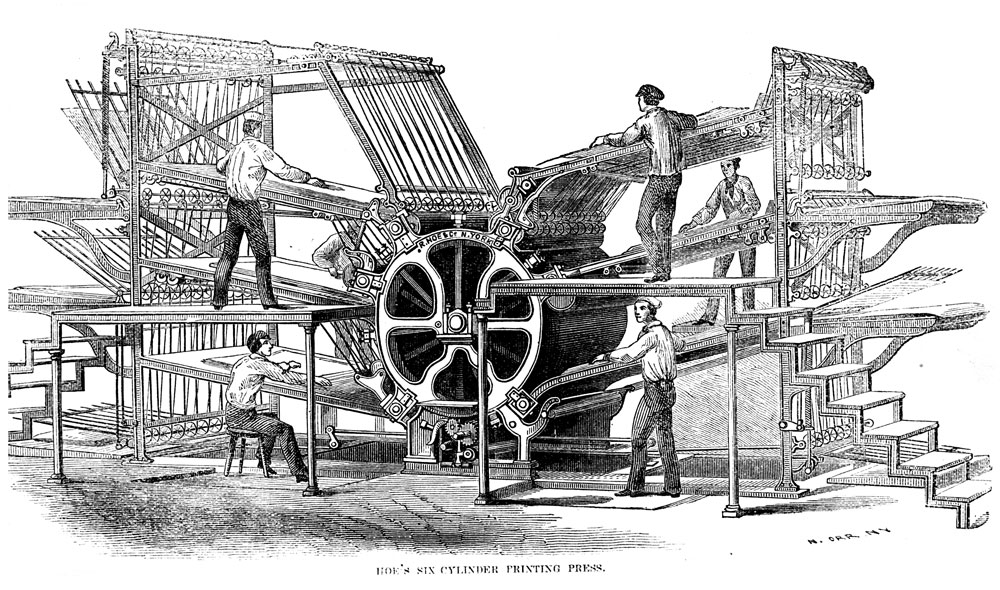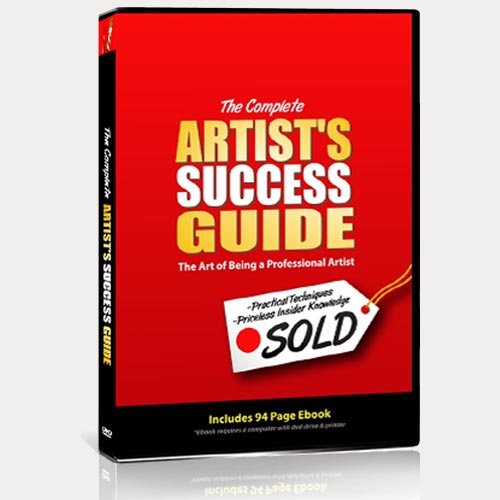

In 2003 a survey was conducted by Art Business Today on behalf of The Fine Art Trade Guild; more than 800 galleries across the UK were asked to name their best-selling paintings and prints. (I was unable to find similar surveys for other countries.) These are the Top 10 best-selling subjects for paintings in the UK in 2003:
1. Traditional landscapes.
2. Local views.
3. Modern or semi-abstract landscapes.
4. Abstracts.
5. Dogs.
6. Figure studies (excluding nudes).
7. Seascapes, harbour, and beach scenes.
8. Wildlife.
9. Impressionistic landscapes.
10. Nudes.
The survey also researched what the best-selling media are:
1. Limited edition offset-litho prints.
2. Limited edition giclée prints.
3. Open edition offset-litho prints.
4. Oil and acrylic paintings.
5. Watercolours.
6. Artists’ original prints (e.g. etchings, engravings).
7. Open edition giclée prints.
Okay so these results are a few years old and pre-recession but I don’t see any reason for them to have changed much over the past few years, especially seeing that the top 3 best selling media are prints which are much cheaper than original art.
A lot of artists ask me about selling prints seeing that I have been fairly successful doing it so here’s my brief take on it…
Unless you have really outstanding work and a marketing mind like Thomas Kinkade or Robert Duncan it’s probably not going to happen big, and on a small scale the overall costs will keep any profits down to a minimum. Saying that, every dollar helps these days and prints are great for promotion so it’s definitely worth pursuing. Of course it depends on how much work you are willing to put in, but clever cookies work smarter, not harder, which often means outsourcing.
The less time you personally spend producing and selling prints the better – if you outsource as much of that process as possible you will have more time to spend creating original artwork which is where you will have more fun and make more money.
I personally see prints mainly as a promotional tool. I do sell more prints than large originals, but at a smaller price and much less net profit. However, all those prints are hanging on people’s walls creating great word of mouth advertising for me. They’re also hanging in several cafe’s and other businesses where I make sure to have a stack of business cards available and my website address displayed next to the print.
When schools and charities approach me for artwork to add to their fundraising events I invariably offer them a large limited edition giclee print on stretched canvas at cost price so that they get all the profit and I get all the advertising. Hotels and corporates are often looking for prints to furnish their walls as they are so much cheaper than originals so it pays to keep an eye out for buildings in your area being refurbished for a new company.
Offset Lithography?
As you can see from the list above it’s limited edition offset-litho prints at the top, but I would actually council artists away from these. Offset litho is traditional printing done at great expense and in large runs to keep the individual cost very low. That’s why they sell so well, because they’re individually as cheap as chips for the buyer, but the initial outlay is huge and you’re more than likely to end up with a dusty old pile of prints in your closet years down the track which didn’t even cover the cost of production. If anyone makes money out of these sorts of prints it’s the art print companies who sell these to retailers in bulk, not the artist.
Limited Edition Giclee Prints
This is what I have found to work best for me so far. “Giclee” (Jhee-Clay) is a fancy French word for high quality inkjet printing. I have these printed for me on canvas and stretched around a wooden stretcher. The cost per print is high but you can print one at a time so there’s no investment in stock. The perceived value is also higher if you market it properly so you can charge more. Signing and numbering the prints as a limited edition is another good way to increase the perceived value. I limit my editions to 150. Here’s my limited edition page: https://nzpainter.com/collections/79669
You may be surprised at the high cost of producing inkjet prints, so before you go setting the retail price for them it is vital to spend the time to do the math’s and figure out exactly how much your return on investment will be. For instance, a large 20 x 60″ giclee print on canvas stretched onto a wooden frame 1.5″ deep costs me $240 to produce. If I currently sell this in a gallery with a 40% commission for $950, I receive $570. Now taking off 35% tax leaves me with $370.50. Now take off $240 cost of production. From $950 sale I receive $130.50 in my hand. So you can see that if you started selling giclee prints without actually doing the math’s first it could easily cost you more than you would make. Obviously it becomes a lot more profitable if you can sell prints without a gallery involved.
Print on Demand – Online Printing
This type of printing isn’t listed in the best-seller list above simply because that list is compiled from gallery sales and it is individual artists who can now take advantage of this new technology themselves. I have only just begun to utilise this service myself, but it seems to me like the best way for artists these days to begin selling prints of their work. There are a number of companies who offer this online service, but basically it works like this:
1. You upload a good quality photo of your artwork to the print on demand website.
2. You set the prices and options for your prints and the company adds their costs and markups.
3. A buyer purchases a print of your work from the website in any of the print options available. eg. paper, canvas wrap, acrylic print, postcards, etc.
4. The print company automatically produces the order and delivers it to the buyer.
5. The print company pays you at the end of the month for your sales.
I’ve only yesterday joined Fineartamerica.com to begin selling these types of prints of my work so I can’t tell you how well the sales have gone yet, but I’m confident it will be better than a kick in the bum and with a very low setup fee of $30 you can hardly go wrong. As the artist you also get the opportunity to purchase prints of your own work at cost price. They also give you your own website for this price and a blog and all sorts of promotional tools – quite amazing actually.
Here’s how I did my Fineartamerica print gallery: Fine Art Prints Gallery
How to get started?
You can join Fineartamerica.com to start selling your own prints here: FineArtAmerica.com
One of the things I love about prints is seeing my work in this very slick finished format and with the printing technology these days it often ends up looking better than the original! Strange but true. I think it’s because of the more even surface texture and the consequent lack of glare under lights. Shrinking or enlarging the size of your original in a print lets you see it from a different perspective, not to mention that it’s much easier to get a print done than to repaint an artwork all over again.
All the best with your painting (and printing),

Richard.
Login to your account to post a comment.